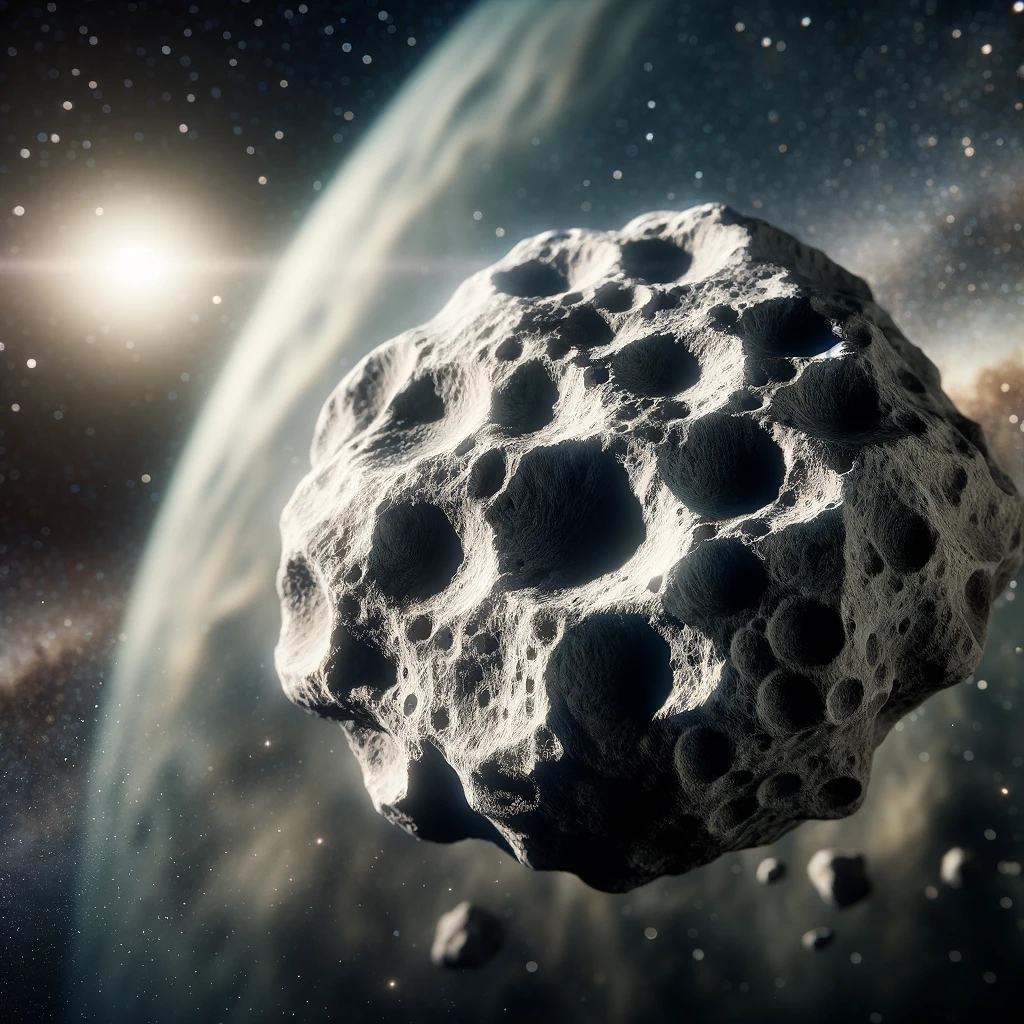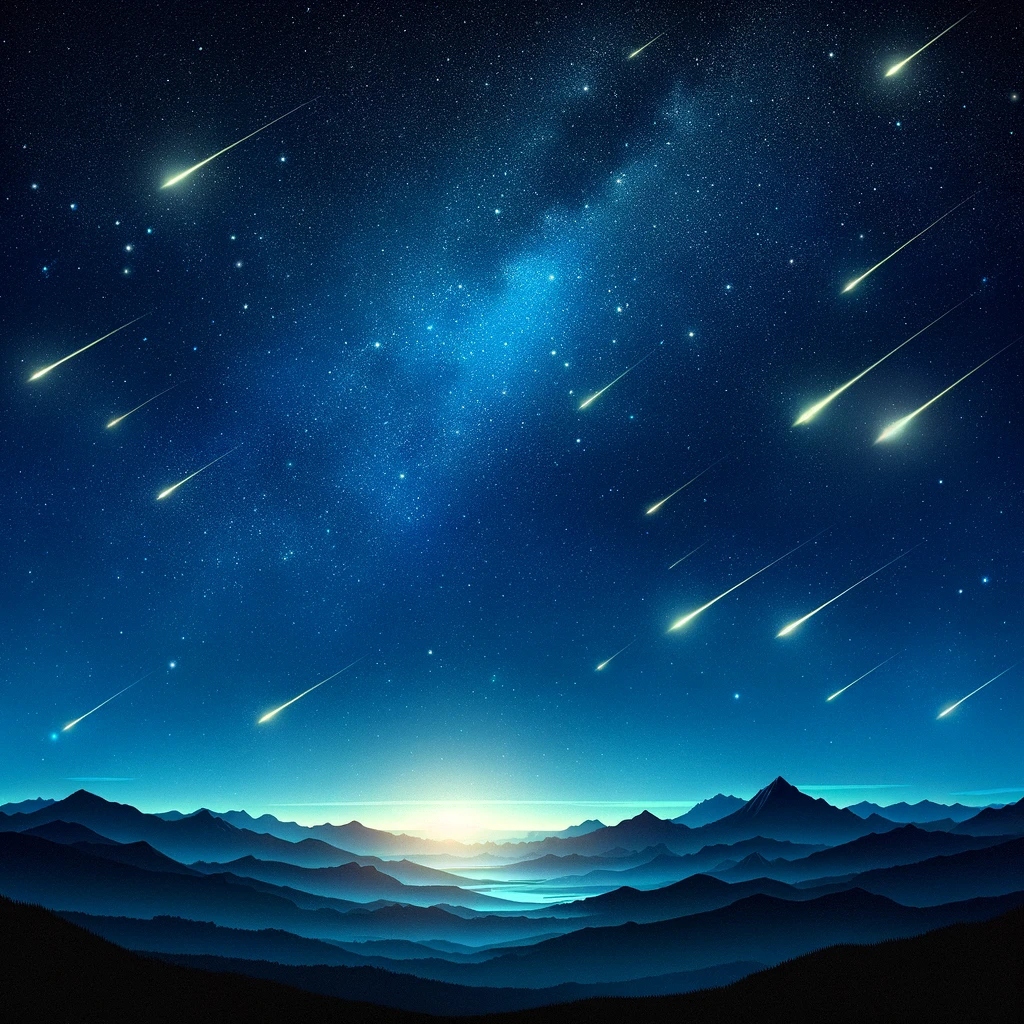Asteroids, Comets, and Meteor Showers: Celestial Spectacles in Our Solar System
Asteroids, Comets, and Meteor Showers: Celestial Spectacles in Our Solar System
The cosmos is teeming with a myriad of celestial objects, each with its own unique characteristics and stories. Among these are asteroids, comets, and meteor showers, which not only offer spectacular views but also hold valuable insights into the early solar system and the formation of planets. Let's delve into the nature and origins of these small bodies, their impact on Earth's history, and the upcoming missions designed to study them.
Asteroids: The Rocky Remnants
Asteroids are rocky, airless remnants left over from the early formation of the solar system about 4.6 billion years ago. Most asteroids orbit the sun in a region called the asteroid belt, which lies between the orbits of Mars and Jupiter. These celestial bodies vary in size, with some being as small as a pebble and others stretching hundreds of kilometers in diameter.
Asteroids are of great interest to scientists because they are considered to be the building blocks of the solar system. Studying them can provide valuable insights into the composition of the early solar system and the formation of planets. Additionally, some asteroids are rich in valuable minerals, making them potential targets for future space mining endeavors.
Comets: The Icy Wanderers
Comets are icy bodies that release gas and dust, forming a glowing head and a tail that stretches away from the sun. They are often referred to as "dirty snowballs" because they are composed of ice, dust, and rocky materials. Comets originate from the outer regions of the solar system, in areas such as the Kuiper Belt and the Oort Cloud.
As comets approach the sun, their ice begins to vaporize, creating a stunning display of light and color. Studying comets can provide insights into the composition of the early solar system and the processes that led to the formation of planets and other celestial bodies.
Meteor Showers: A Celestial Light Show
Meteor showers occur when Earth passes through the debris left behind by comets or asteroids. As these particles enter Earth's atmosphere, they burn up, creating streaks of light in the night sky. Meteor showers are named after the constellations from which they appear to originate.
Meteor showers offer a breathtaking spectacle for stargazers and provide valuable information for scientists studying the composition and behavior of cometary and asteroidal debris. They also serve as a reminder of the dynamic nature of our solar system and the constant interactions between its various components.
Upcoming Missions
Several missions are planned or underway to study asteroids, comets, and meteor showers. For example, NASA's OSIRIS-REx mission aims to return samples from the asteroid Bennu, while the European Space Agency's Rosetta mission provided detailed observations of comet 67P/Churyumov-Gerasimenko. Future missions, such as the Lucy mission to study Jupiter's Trojan asteroids and the Comet Interceptor mission to study a yet-to-be-discovered comet, promise to further our understanding of these fascinating celestial bodies.
NASA's OSIRIS-REx mission, or Origins, Spectral Interpretation, Resource Identification, and Security – Regolith Explorer, is a seven-year mission to collect and return samples from the asteroid Bennu:
Launch: September 8, 2016
Past Earth: September 22, 2017
Rendezvous with Bennu: December 3, 2018
Analysis: Two years to find a suitable site to extract a sample
Touchdown: October 20, 2020
Sample collection: October 20, 2020
Return to Earth: September 24, 2023
New mission: OSIRIS-APEX, to explore asteroid Apophis, in April 2029
Conclusion-
In conclusion, asteroids, comets, and meteor showers are not only beautiful celestial phenomena but also valuable sources of information about the history and evolution of our solar system. As we continue to explore and study these objects, we can expect to uncover more secrets of the cosmos and deepen our understanding of the universe.





Comments
Post a Comment